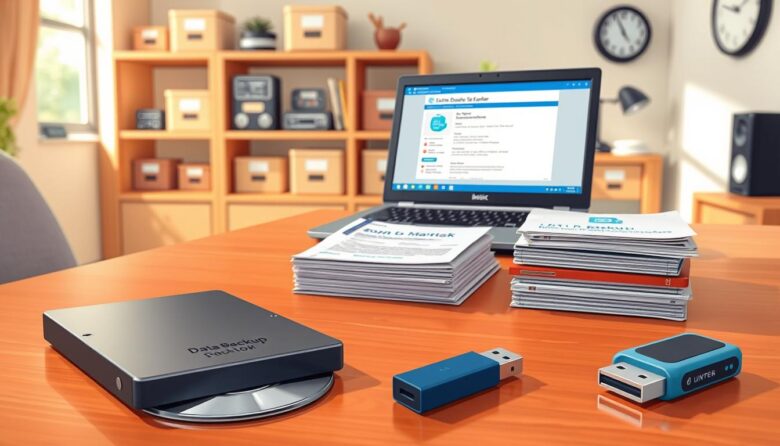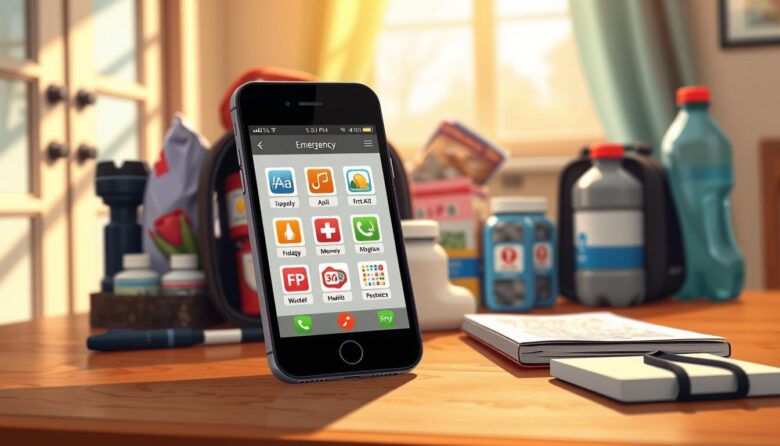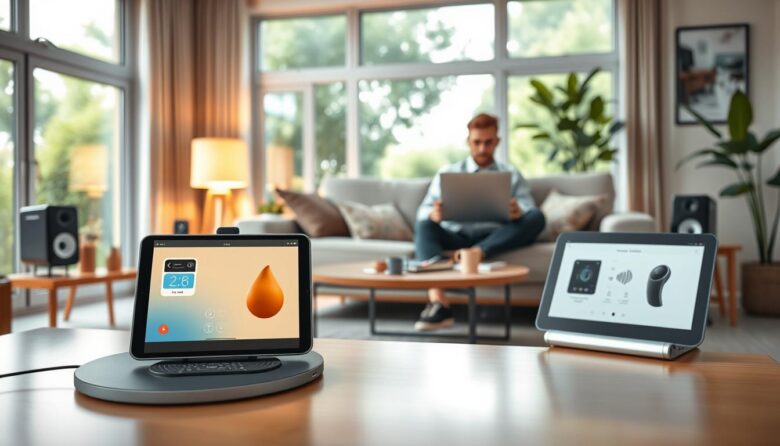Capturing thoughts and information is a universal practice, yet each person develops their own unique approach. From simple grocery lists to building comprehensive knowledge systems, how we record information reflects our individual thinking patterns. Modern solutions for recording information without internet connectivity provide significant advantages. These tools offer enhanced privacy, superior security, and instant access …
In our increasingly connected world, reliable offline solutions have become essential for productivity. This comprehensive guide explores applications and devices that maintain full functionality when connectivity is unavailable. Professionals, travelers, and remote workers often face unreliable network conditions. Internet dependence shouldn’t limit your ability to complete important tasks. Many cutting-edge applications are designed with offline-first …
In our digital world, our information faces constant threats. Hardware can fail without warning. Cyber attacks can strike at any moment. Natural disasters can destroy our devices in an instant. Losing precious files is a real and present danger for everyone. This makes having a solid plan for your digital assets absolutely essential. Relying on …
When a major disaster strikes, our usual ways of getting help can vanish. Cell service often fails first. Power grids can go down for days. In these critical moments, being prepared with the right resources is vital. Your smartphone holds incredible potential as a lifeline. With the right apps downloaded ahead of time, it can …
In our hyper-connected world, most people assume constant internet access is guaranteed. Yet countless scenarios prove this assumption dangerously wrong. Natural disasters, remote operations, and infrastructure failures can instantly sever our digital lifelines. When traditional networks fail, alternative messaging systems become essential for safety and continuity. These solutions enable direct device-to-device contact without relying on …
In today’s digital age, many people seek effective ways to manage their daily responsibilities. Physical planning systems offer tangible solutions that stand apart from screen-based alternatives. These traditional methods provide distraction-free environments for capturing thoughts and tracking tasks. Unlike digital devices, they don’t bring constant notifications or internet interruptions. Notebooks, planners, and file folders remain …
Many people feel overwhelmed by their responsibilities. Work, errands, and household management can consume all available time and energy. This constant pressure makes it difficult to find moments for relaxation or personal pursuits. Strategic use of modern tools offers a practical way forward. The right devices and gadgets are designed to help you reclaim valuable …
Modern innovations have evolved to solve real-world problems. They help you stay powered, work smarter, and create a better home environment. This guide explores cutting-edge solutions that deliver tangible benefits. We focus on products with proven track records and innovative features. Our selection includes charging accessories, productivity tools, and connectivity devices. Each item addresses specific …
Not every great tool needs an internet connection to be useful. Many professionals discover that disconnecting from the web actually enhances their ability to concentrate. Working without constant notifications creates an environment where deep focus becomes possible. These local solutions offer complete control over your data and eliminate network latency issues. You can access your …
Our daily existence is deeply intertwined with the internet. Many people rely on a constant connection for work, communication, and entertainment. This dependency creates a challenge when access is limited or unreliable. Today, a fascinating shift is occurring. Despite living in a hyperconnected world, there is a growing appreciation for resources that function independently. These …









